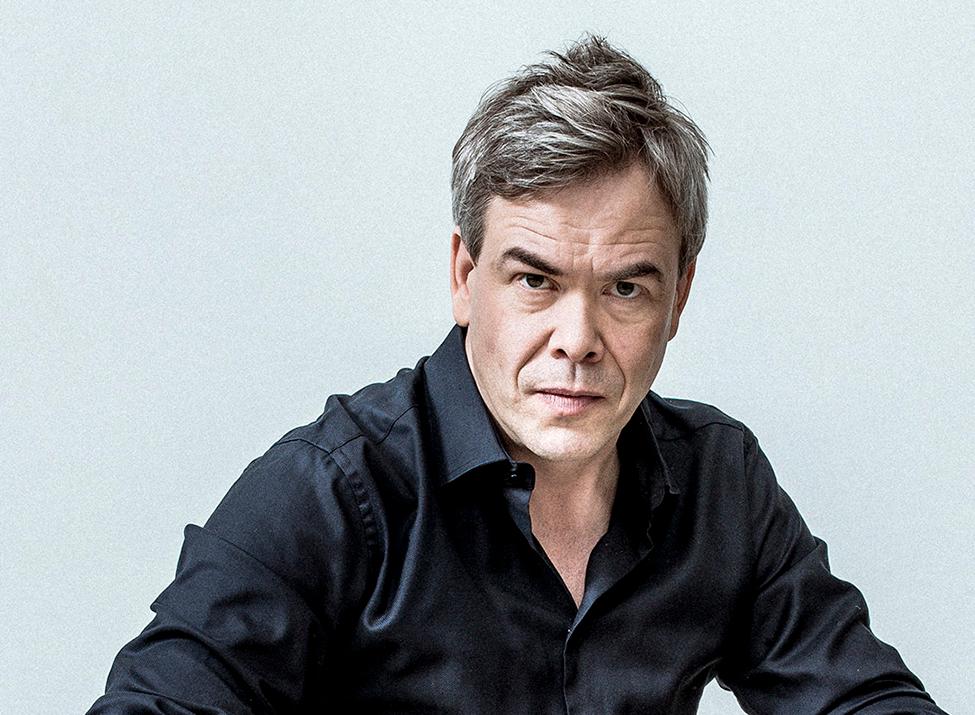
2 minute read
Sibelius: Symphony No. 5 in E flat major
JEAN SIBELIUS 1865–1957
SYMPHONY NO. 5 IN E FLAT MAJOR (1915)
– APPROX 31 MINS –
1 TEMPO DI MODERATO – ALLEGRO MODERATO
2 ANDANTE MOSSO, QUASI ALLEGRETTO
3 ALLEGRO MOLTO – UN POCHETTINO LARGAMENTE
In the early 1910s Sibelius could add to his own financial and health problems those of his beloved Finland itself. Russia was strengthening its grip on the province, suspending parliament and attempting to drive out the Finnish language. As Europe slipped towards war, Finland, aligned with Russia, faced mass slaughter and the annihilation of its timber exporting industry. ‘In a deep mire again, but already I am beginning to see dimly the mountain that I shall ascend’, wrote a knowing Sibelius in his diary, ‘God opens his door for a moment and his orchestra is playing the Fifth Symphony.’
So, a new symphony was rapidly forming in Sibelius’s mind. Themes included the onset of spring and the spirit of the composer’s country home at Järvenpää. Then, on 12 April 1914, Sibelius witnessed a sight that would affect him profoundly and write the Fifth Symphony’s main theme for him. It was a flock of 16 swans, soaring upwards from the Järvenpää lake for their migration. ‘One of my greatest experiences’, Sibelius wrote in his diary, ‘the Fifth Symphony’s final theme … legato in the trumpets.’
At the time of the Symphony’s premiere in Helsinki on 8 December 1915, there were four movements. Sibelius later amalgamated his first movement and scherzo into the opening movement that was eventually published and that we know today. After the initial, blossoming theme on glowing horns and woodwinds, the music gains momentum and folds outwards towards the proclamation of two notes separated by a distinctive interval – a major fourth – by the trumpet. The opening motif soon appears again, returning in another form as the Symphony is injected with optimism by an upward-pining theme – again in the trumpets.
Those gestures sow the seeds for Sibelius’s finale. The double basses are soon heard spelling out a fifth, which augments as the bottom note drops twice, stepping back up in the manner of an ostinato. Here are the Järvenpää swans. As it’s taken up by the horns, the theme gains the pace and grandeur of flight, like the rise and fall of a bird’s wing. Suddenly, the music shifts key: Sibelius’s firm bass note or ‘pedal note’ disappears like the falling away of a runway. The swans – magically, gloriously – take flight. Soon they can be heard in the distance again, returning as if for a last farewell. Once more they soar upwards, cutting through a tangling, churning orchestral texture as if to break free from earthly concerns. Six stern jabs from the whole orchestra bid them a final farewell.
Programme notes © Andrew Mellor





